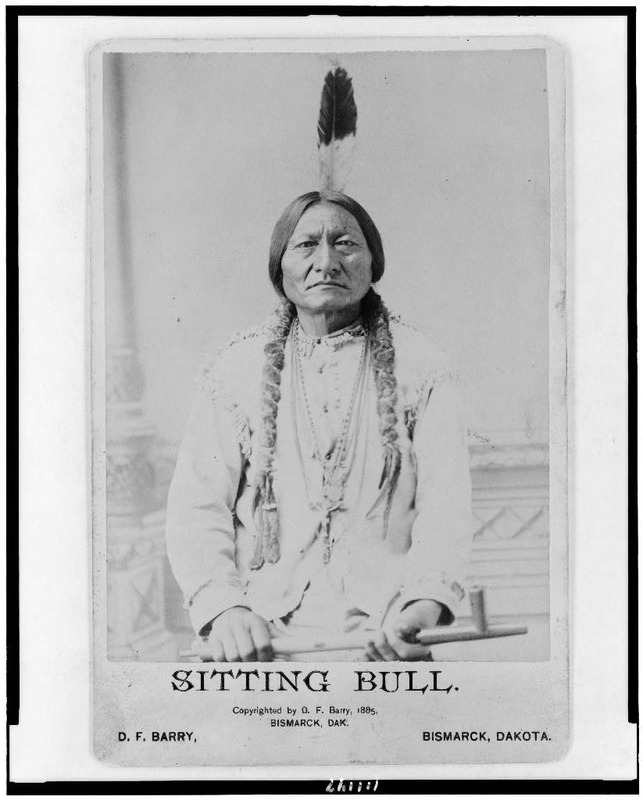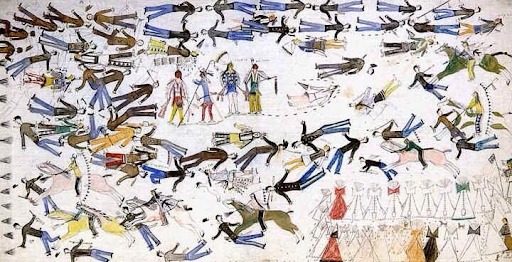Sitting Bull and the Sun Dance of 1876

Sitting Bull influenced many events in the nineteenth century through his roles as Medicine Man and War Chief. The Sun Dance he performed in June of 1876 along the Rosebud River raised the hopes of the Lakota tribes, and predicted the victory at the Battle of the Little Bighorn.
In 1876, Hunkpapa Medicine Man and War Chief, Sitting Bull, worried about the eminent war between the seven tribes of the Lakota Nation and the Americans. Because of his religious devotion and belief in a connection with his ancestors, he participated in the annual Sun Dance to purify his heart and provide his people with power. In the Sun Dance, an annual religious ritual performed by many Plains Indian tribes, dancers prayed to the Great Spirit and inflicted physical pain on themselves in order to reach a higher spiritual realm and to benefit the well-being of the tribe. On June 6, 1876, Sitting Bull performed this ritual in the Rosebud River Valley, where the Hunkpapas camped for several days before moving to the site where the Battle of the Little Bighorn took place. This year’s ritual became so important people referred to it as “Sitting Bull’s Sun Dance” in his honor. Sitting Bull, in this specific instance, offered one hundred pieces of flesh from his arms as a sacrifice. He danced throughout the night until he fainted from a loss of blood. When he awoke, he had startling news to tell his friends and family. He had a vision of soldiers attacking an Indian village, but they and their horses were upside down in the camp with their feet towards the sky. The Indians interpreted this vision as an indication of their victory over the soldiers. This gave the Indians peace and hope that their warriors would defeat and kill the soldiers.
Sitting Bull’s vision of soldiers falling into their village materialized in June 1876 at the Lakota encampment along the Greasy Grass river. His vision also bolstered their confidence in meeting and destroying General George Armstrong Custer’s 7th Calvary at the Battle of the Little Bighorn. Sitting Bull’s religiosity led him to experience a hopeful vision which increased morale, aided in the Lakota’s defeat of Custer and his troops, and confirmed Native American victory.
Images

